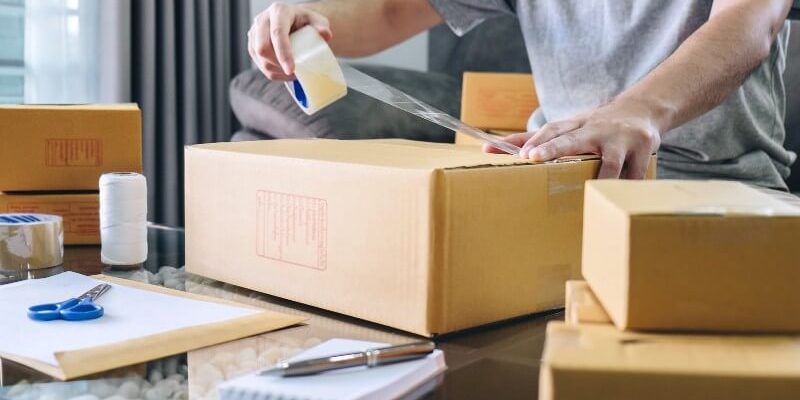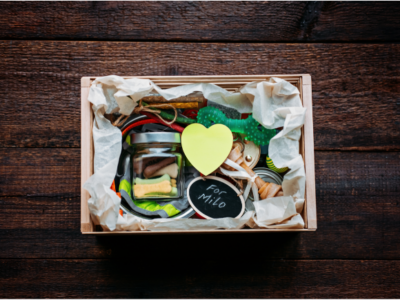It is undeniably true that moving fragile items is a stressful task. Moving your delicate belongings will require extra consideration and cautiousness. Everyone has belongings which they would consider fragile and important, so assessing the situation and carrying out preventative measures is vital to ensure that everything arrives in one piece at your new place.
We understand how challenging and nerve-wracking moving fragile items like statues, terrariums or anything that is made of glass material can be. Here’s why we offer you some of the best ways to pack fragile items for moving.
1. Plan before you start packing
Get a basic sense of what fragile items you own and plot how they can be packed alongside your other things before you do the packing. Packing your fragile items takes some time and should not be carried out in hastiness. However, you can protectively pack your valuables with adequate forethought that will ensure nothing will be broken.
2. Use proper equipment
Here is a shortlist of packaging materials that could be useful:
A. Packing tape
B. Bubble wrap
C. Packing paper, newspaper, old clothes
D. Packing peanuts
E. Marker
F. Corrugated boxes
G. Polybags
3. Utilize smaller boxes for heavy items
Little boxes are simpler to deal with and more prone to keeping things compact and steady when being moved. Make sure to occupy any additional room with loads of cushioning. This will offer support from the lower part of the boxes.
4. Fill hollow items with packing paper or newspapers
Glasses and other objects with cavities should be filled with wrapping paper to smooth out vibrations. Newspapers can also be used to fill in the gaps in items to keep them from moving. Use towels as cushioning if you don’t have a lot of packing paper or bubble wrap. Items like chimes are going to tangle no matter what you do, so just pack it safely and restring the chime once the shifting is done.
5. Resort to a lot of packing tape
To keep the wrapping intact and the objects from sliding underneath it during travel, secure your fragile items in packing paper or bubble wrap with a substantial amount of packing tape. The tape will provide much more support for things.
6.Using medium-sized boxes
Using medium-sized boxes rather than huge boxes can prevent things from becoming too heavy to handle. For items like plates and glasses, wrap them separately in packing paper, and tuck crumpled paper within large pieces. Place the heaviest goods at the bottom of the box, followed by the lighter stuff, to not crush anything.
7. Label each box accordingly
Label each box throughout your packing process. When you label the boxes, you can remember where you put your valuables during the unpacking process. Because not all the boxes will contain only fragile items, it is imperative to label them appropriately.
8. Avoid common mistakes
When packing delicate items, it is critical to take your time and prepare your pieces as thoroughly as possible. Check that boxes are not overstuffed; you want your items to be protected from the external elements and other objects within the box. Use the void filler method because the less movement inside the boxes, the better protected your items. Another critical factor is weight. Keeping boxes at a suitable weight will prevent the bottoms from unfolding or breaking. Finally, knowing how to use moving supplies correctly and having high-quality products are essential for safeguarding your valuables.
9. Plan how to unpack
Once the items have arrived at your destination, very carefully unpack all the fragile items which were labeled. Use the labels you previously put on your boxes to help you remember where your valuables are during the unpacking process. Make sure you have a trash bin and recycling plan ready when you arrive.
Packing and transporting your fragile belongings safely is a challenging task. We usually do not realize how many fragile items we have at home until we begin packing. Use our tips to help you get through the packing process effectively, or if the task is too daunting, considering hiring professionals to help out.










Comments